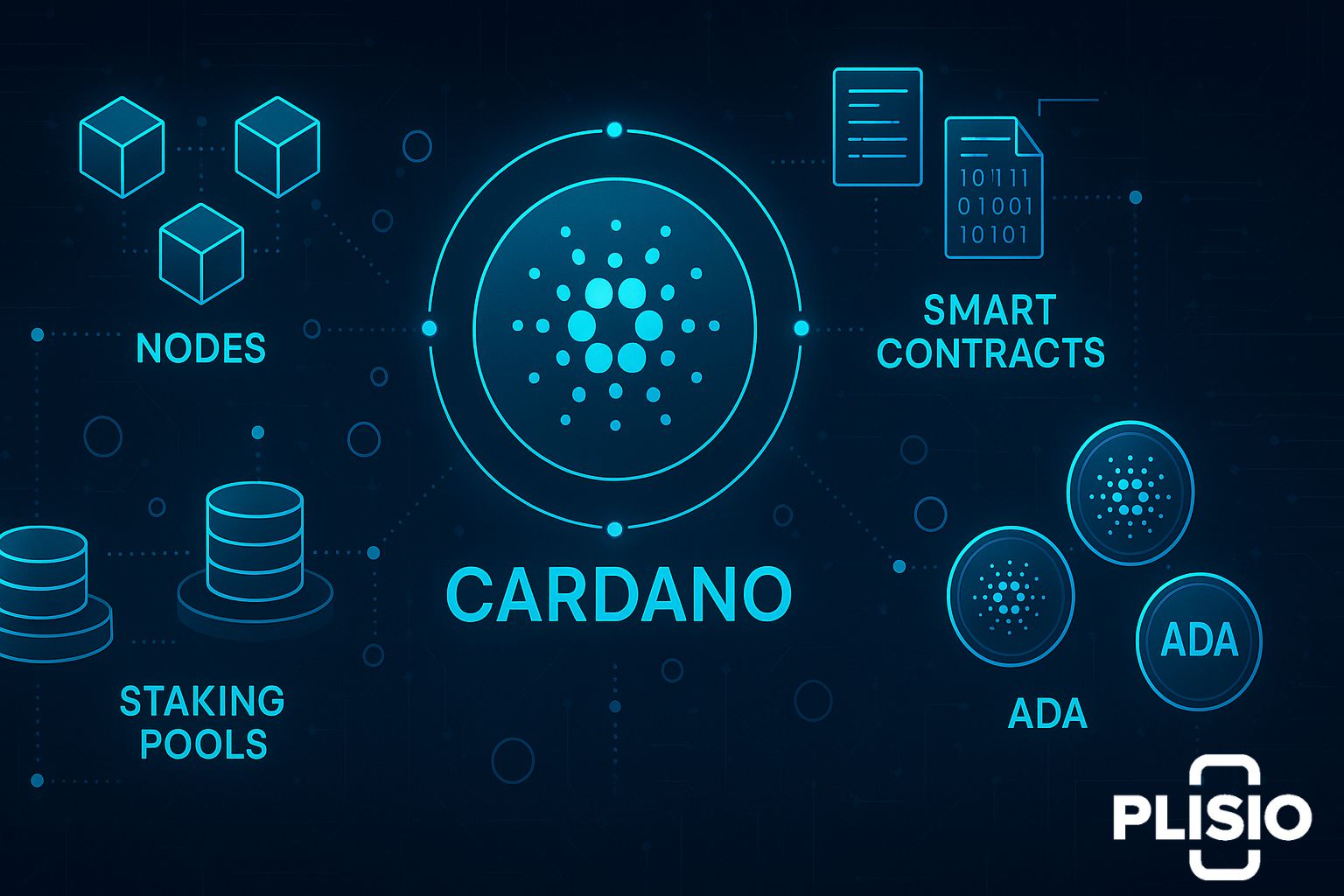Price Forecast for Cardano (ADA): 2026 and Up

A major force in the cryptocurrency industry, Cardano (ADA) provides cutting-edge blockchain solutions with an emphasis on sustainability, scalability, and security. Cardano, the creation of Ethereum co-founder Charles Hoskinson, was based on a research-based methodology and a dedication to academic development that is subject to peer review. Investors are actively looking for a Cardano price prediction that takes into account both the potential and risks of the cryptocurrency due to its increasing popularity and ranking among the top tier of coins.
Price and Market Performance History
Cardano has grown significantly since its inception. The price of ADA peaked in September 2021 at about $3.10 in a bull market for cryptocurrencies. The introduction of smart contract functionality, a significant turning point for the Cardano ecosystem, was credited with this spike. Even though market volatility caused ADA's price to drop later, its historical price movements show robust cyclical growth patterns that correspond with significant cryptocurrency trends.
Important Historical Occurrences:
- Smart contract introduction in 2021
- Staking rewards are introduced.
- Significant alliances and scholarly cooperation
A Prediction for ADA in 2025
The Cardano team has made great progress in enhancing scalability, collaborating with academic institutions and governments, and growing smart contracts on Cardano.
Depending on general trends in the cryptocurrency market and advancements in technology, popular Cardano price projections indicate that ADA may reach between $1.80 and $3.50 by the end of 2025. Increased adoption, ecosystem expansion, and network improvements are anticipated to have a positive impact on the price. The price of ADA might soar past prior all-time highs in a bullish scenario.

Price Forecast for 2025, 2026, and 2027
ADA is expected to trade between $2.10 and $4.20 in 2025, with an average price of about $3.05. Increased DeFi adoption and the growth of the Cardano ecosystem, according to analysts, could be advantageous for ADA. As smart contract improvements and interoperability features develop, the ADA price forecast for 2026 ranges from $3.40 to a maximum price of $5.10. According to the 2027 price forecast, ADA might be valued between $4.00 and $6.80 if the cryptocurrency market continues to be optimistic.
Benefits of Cardano's Method:
- Consensus on environmentally friendly PoS
- Strong academic background
- High potential for scalability
ADA Price Forecast for 2040 and 2030
There are encouraging indications in the long-term price forecast for ADA. Assuming consistent growth in smart contract usage, staking, and worldwide adoption, Cardano prediction models for 2030 suggest the ADA price could be anywhere from $8.00 to $15.00. More optimistic predictions indicate that ADA may be worth $25 or more by 2040, especially if it continues to outperform Ethereum and Bitcoin in terms of scalability and energy efficiency.
Factors Affecting the Cost of ADA
Cardano's price is influenced by several factors:
- Blockchain updates: Improvements to the scalability and functionality of smart contracts.
- Initiatives of the Cardano Foundation: Adoption campaigns and partnerships.
- Market trends: The impact of XRP, Ethereum, Bitcoin, and overall cryptocurrency volatility.
- ADA tokenomics: Future price increases could be driven by scarcity, as there is a 45 billion ADA supply cap.
- Investor sentiment: ADA may rise if there is a bullish outlook in the cryptocurrency market.
Many investors believe that ADA has the potential to be a hedge against Ethereum's drawbacks. If Cardano gets more institutional support and keeps delivering on its roadmap, it could take off.
Chart Analysis and Technical Outlook
Technical analysts believe that ADA has demonstrated resilience in its recent performance. The ADA coin is showing strong support around $0.40 after recovering from crucial Fibonacci retracement levels. The $1.20 resistance and the $0.75 support are levels that ADA should keep an eye on. Another bullish rally might be triggered by a price breakout above $1.20.
Cardano Prediction Table:
|
Year |
Minimum Price |
Maximum Price |
Average Price |
|
2025 |
$2.10 |
$4.20 |
$3.05 |
|
2026 |
$3.40 |
$5.10 |
$4.25 |
|
2027 |
$4.00 |
$6.80 |
$5.15 |
|
2030 |
$8.00 |
$15.00 |
$11.00 |
|
2040 |
$15.00 |
$25.00+ |
$20.00+ |
The Cardano chart also highlights consistent upward momentum amid growing staking activity. ADA is expected to consolidate and possibly see further upward movement if the crypto market sustains positive momentum.
 Final Thoughts and Price Targets
Final Thoughts and Price Targets
ADA is forecasted to maintain its position as a top-tier cryptocurrency. The ADA to USD trajectory remains positive in both short and long-term forecasts. Investors looking to buy Cardano should be aware of potential price volatility, but also the possibility for high returns.
The price prediction 2025 2026 2027 suggests that ADA has solid growth prospects. The Cardano market continues to evolve, supported by a dedicated Cardano team and founder Charles Hoskinson. Making any investment decisions requires careful analysis of the Cardano price, technical indicators, and market conditions.
Summary of Key Points
- ADA could reach $3.50 by end of 2025
- 2026 and 2027 forecast shows potential up to $6.80
- 2030 forecast sees ADA reaching $15.00
- Cardano is one of the top smart contract platforms
- Believes ADA has the potential to reach new highs
- Founder Charles Hoskinson remains an active figure in the project
- Cardano was founded on academic principles
- ADA might outperform many crypto coins in the next bull run
- Price must rise steadily for Cardano to maintain dominance
- Cardano could be worth $25+ by 2040
Before making any investment, always assess your risk tolerance and conduct thorough research. Cardano's price may fluctuate significantly, but with strong fundamentals, ADA could be a key player in the next phase of blockchain adoption.




